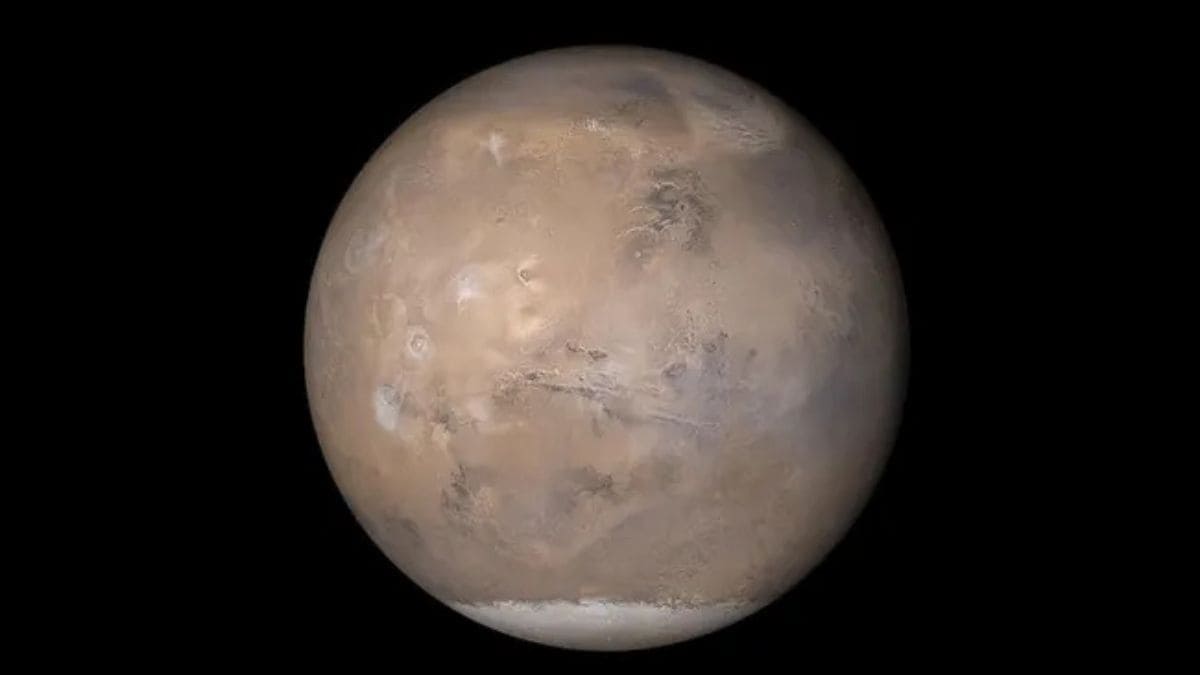Researchers have pinpointed potential locations on Mars where life may exist, focusing on deep underground regions where methane has been detected. Seasonal methane variations observed by rovers on the planet's surface have intrigued scientists for years, sparking questions about the Red Planet's potential to host life. Mars presents extreme conditions, including subzero temperatures, a thin atmosphere, and high exposure to cosmic radiation. Despite these challenges, areas beneath the surface might offer a habitable environment for certain microorganisms.
Mars Methane and Analogous Earth Environments
According to a study published in the journal Astrobiology, analogues of Martian habitats were studied on Earth, focusing on environments where methanogens—microbes producing methane as a byproduct—thrive.
Potential conditions analogous to Mars include microscopic fractures in deep bedrock, subglacial freshwater lakes, and highly saline deep-sea basins. Methanogens have been identified in such conditions on Earth, suggesting similar life forms could potentially survive beneath Mars' surface.
Acidalia Planitia: A Key Region of Interest
The research highlights Acidalia Planitia, a vast plain in the Martian northern hemisphere, as a primary candidate for exploration. Data suggests that liquid water, essential for life, may exist 4.3 to 8.8 kilometers beneath the surface in this region. Conditions such as temperature, salinity, and hydrogen availability in Acidalia Planitia align closely with those supporting methanogens on Earth.
Future Exploration Challenges and Opportunities
Drilling into the Martian subsurface presents significant technical challenges but holds promise for uncovering potential microbial life. As per the researchers, identifying specific regions like Acidalia Planitia narrows the scope for future missions, enhancing the likelihood of discovering extraterrestrial life. This work underscores the value of studying Earth's extreme environments to inform the search for life on Mars.
This research has advanced understanding of where to look for life on Mars, providing critical insights for upcoming exploratory missions.


